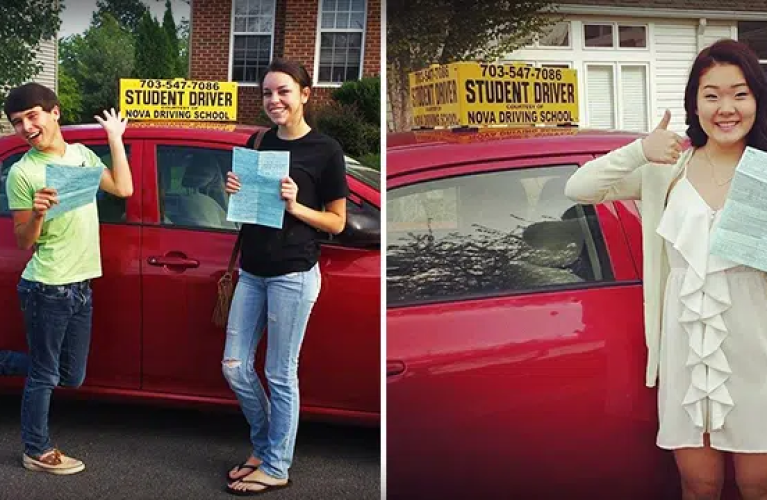Elevating Your Artistry: A Deep Dive into Professional Tattoo Machines
Tattooing is an age-old art form that has transcended cultural boundaries and evolved significantly over the years. One of the most critical elements in this artistic transformation is the professional tattoo machine, with tattoo rotary machines at the forefront of innovation. In this comprehensive guide, we’ll explore the world of professional tattoo machines and dive deep into the realm of tattoo rotary machines. These precision instruments have become a staple in the tattoo artist’s toolkit, helping them craft intricate and high-quality tattoos.
Chapter 1: The Heart of Tattooing – Professional Tattoo Machines
Before we delve into the specifics of tattoo rotary machines, it’s crucial to understand the pivotal role that professional tattoo machines play in the world of tattooing.
Professional tattoo machines, also known as tattoo guns, are the workhorses that bring tattoo designs to life. They come in various configurations, each designed to fulfill specific tattooing needs.
The two main types of professional tattoo machines are:
- Coil Tattoo Machines: These machines operate using electromagnetic coils, which create an up-and-down motion of the needles. Coil machines are favored for their power and precision, making them ideal for creating bold outlines and intricate details in tattoos.
- Rotary Tattoo Machines: Rotary machines use a rotating motor that moves the needles in a circular motion. These machines offer smooth, consistent results and are versatile, suitable for both lining and shading.
In the world of professional tattoo machines, rotary machines stand out for their innovative design and the capabilities they bring to the art of tattooing.
Chapter 2: The Innovation of Tattoo Rotary Machines
Tattoo rotary machine represent a significant leap forward in the evolution of tattooing technology. Their design and functionality offer several advantages that are highly valued by modern tattoo artists.
Here are some key features that make tattoo rotary machines innovative:
- Low Noise and Vibration: Rotary machines are known for their quiet and low-vibration operation, creating a more comfortable environment for both the artist and the client.
- Consistent Needle Motion: The circular motion of rotary machines ensures a more uniform needle motion, resulting in smoother, more even lines and shading.
- Lightweight and Ergonomic: Rotary machines are typically lighter and more ergonomically designed, reducing artist fatigue during extended tattooing sessions.
- Versatility: These machines can perform a wide range of tasks, from fine lining to shading and coloring, making them a versatile choice for tattoo artists.
- Reduced Maintenance: Rotary machines have fewer moving parts and require less maintenance, saving time and effort for artists.
Chapter 3: Choosing the Right Tattoo Rotary Machine
Selecting the right tattoo rotary machine is a crucial decision for any tattoo artist. The market offers a plethora of options, each with its unique features and capabilities.
Consider these factors when choosing a tattoo rotary machine:
- Machine Weight: Opt for a machine with a weight that is comfortable for your hand and provides good control during tattoo sessions.
- Materials and Durability: Look for machines made from high-quality materials, ensuring durability and longevity.
- Needle Compatibility: Check whether the machine is compatible with the types of needles you prefer to work with.
- Stroke Length: Different machines have different stroke lengths, which can impact the type of work you can perform with the machine.
- Adjustability: Evaluate the machine’s settings and the ease with which you can adjust needle depth and speed.
Chapter 4: Tattooing with Precision – The Artist and Rotary Machine
The tattoo artist and the rotary machine share a symbiotic relationship, where the artist’s skills and techniques are combined with the capabilities of the machine to create stunning tattoos.
Here’s how the artist and rotary machine work in tandem:
- Skill and Technique: The tattoo artist’s skill and technique are vital for controlling the rotary machine and ensuring precise and beautiful designs.
- Needle Selection: The artist selects the appropriate needles, cartridges, and configurations based on the desired outcome, whether it’s fine lines, shading, or coloring.
- Machine Control: The artist’s control over the rotary machine’s settings, such as needle depth and speed, is key to achieving the desired effects.
- Artistic Vision: Tattoo artists use the rotary machine to execute their artistic vision, transforming ideas into intricate and visually appealing tattoos.
Chapter 5: The Future of Tattooing with Rotary Machines
As the tattoo industry continues to evolve, rotary machines will likely play an increasingly pivotal role in shaping the future of tattooing. Here are some exciting prospects for the industry:
- Wireless Connectivity: Rotary machines may become more integrated with digital platforms, allowing artists to access resources, share designs, and even create digital sketches for clients.
- Innovative Needle Configurations: Advances in needle and cartridge designs may further enhance precision and efficiency in tattooing, providing artists with more creative options.
- Eco-Friendly Practices: The industry is moving towards more sustainable and eco-friendly practices, including biodegradable materials for needles and cartridges.
- Global Collaboration: Rotary machines and digital connectivity enable artists from around the world to collaborate on projects, bringing together a diverse range of creative talents.
In conclusion, professional tattoo machines, particularly rotary machines, are transforming the world of tattoo artistry. Their innovative design and functionality provide artists with the tools they need to create high-quality tattoos with precision and consistency. As technology continues to advance and artists embrace new techniques, we can look forward to a future where tattooing reaches even greater heights of artistry and creativity.










